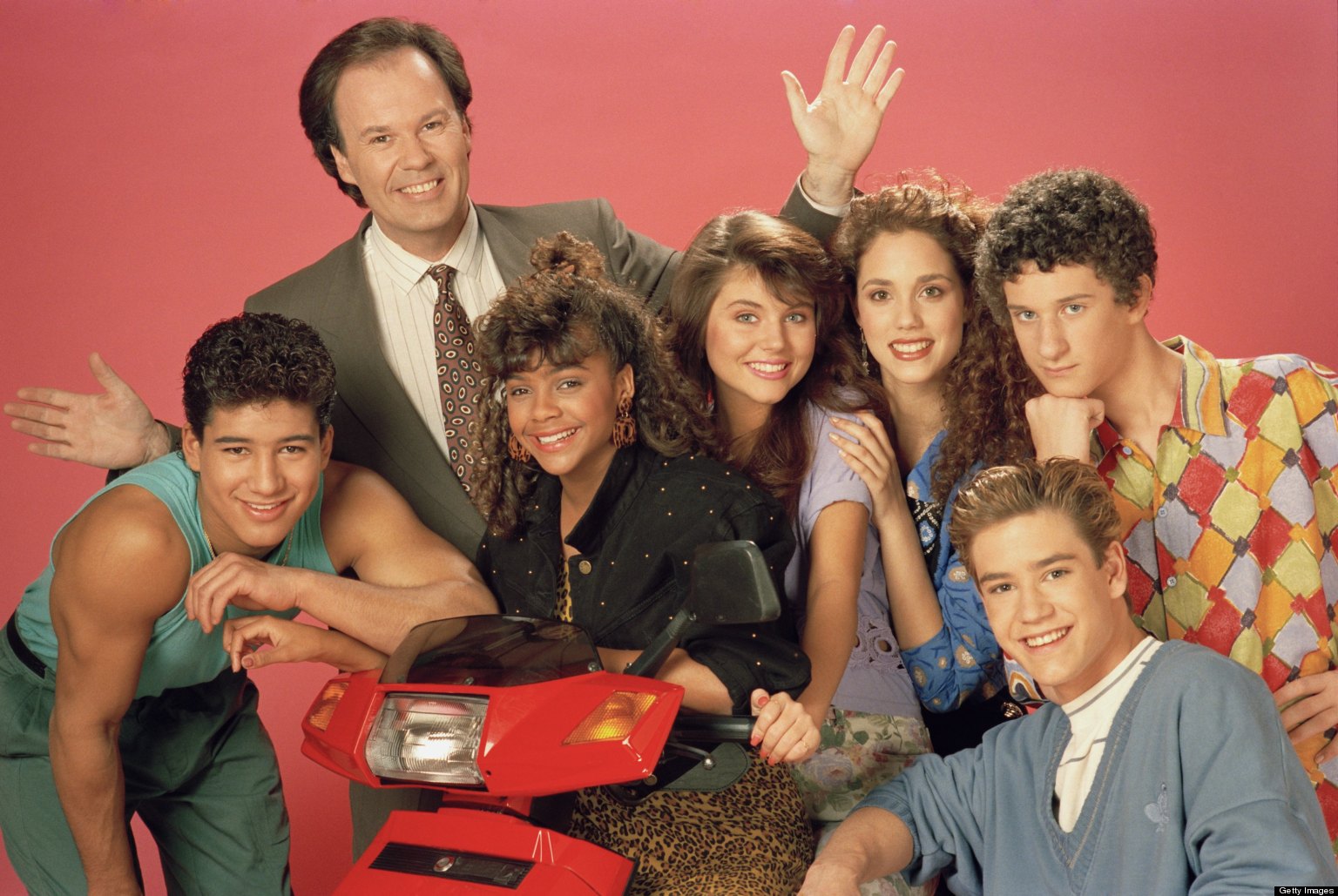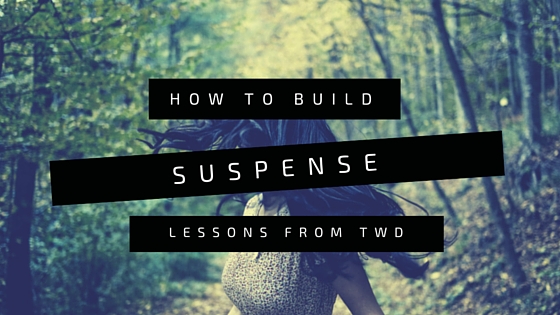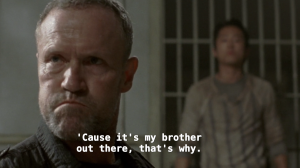
I recently watched the first episode of the Funny or Die series Zack Morris is Trash about the terrible protagonist of early 90s teen comedy Saved by the Bell. It taught me an important lesson about plot density.
I was a huge fan of Saved by the Bell as a kid in the early 90s, but what I did not remember about the show (in addition to the fact that Zack Morris is a monster) is how much plot they packed into less than 25 minutes of television.
A common problem writers have is to not have enough happen in the course of an episode – too much exposition, too much dialogue that doesn’t move the story forward, and too many scenes that repeat a beat we already hit earlier in the story. Saved by the Bell is hardly a show anyone would hold up as a paragon of its genre, but it was certainly very popular at the time and remains a nostalgic fave.
In the two-part episode deconstructed above, the following plot points take place (I actually went back and watched the original two-part episode):
Part 1 (~23 minutes)
- Act 1
- Zack wants to go to a Dodgers game during school but can’t find an excuse to get out of class.
- Kelly and Lisa bring homemade cookies to Jessie’s house to greet her new step-brother, Eric, who is moving from New York, but Eric turns out to be a jerk who has a crush on Lisa and wants Jessie’s bedroom.
- The next day at school, Eric challenges Zack as top schemer of Bayside High – he tricks Screech into being his personal assistant and steals Jessie’s diary and threatens to sell it to Slater.
- Act 2
- In algebra class, Eric stalks and harasses Lisa for a date. The teacher tells the class that tomorrow is Rosh Hashanah and Zack gets the idea to pretend to be Jewish to get out of school.
- Screech tapes the Dodgers game for Eric which he watches in Jessie’s bedroom without her permission. Jessie walks in wearing just a towel and gets mad.
- Eric sees Zack on TV catching a foul ball at the game when he was supposed to be observing Rosh Hashanah.
- The next day at school, Eric blackmails Zack.
- Act 3
- Jessie complains about Eric invading her space.
- Eric blackmails Jessie with a tape he made of her making out with Slater – she agrees to let him have her bedroom.
- Slater threatens Eric and destroys the tape but Eric tells him he has 20 more copies. He says if Slater lends him his car he’ll give him all the copies of the tape.
- Kelly is mad that everyone is being so mean to Eric who is new and doesn’t have any friends.
- Principal Belding shows Slater and Zack the new convertible he bought for his wife and asks to hire Slater to install a new CD player in it while he’s out of town for the weekend.
- Zack hatches an elaborate reverse blackmail scheme – he volunteers Slater to install a new CD player in Principal Belding’s new convertible so that Zack can get access to the car.
- Act 4
- Zack offers Lisa MC Hammer tickets if she’ll go on a date with Eric.
- Eric asks Lisa out and she says yes.
- Slater gives Eric the keys to Belding’s car, pretending it’s his dad’s car.
- Eric and Lisa go on their date and actually have a really nice time.
- Eric lets Lisa drive the convertible, not knowing it’s Principal Belding’s car.
- Slater, Screech, and Zack hide in the bushes to take a blackmail photo of Eric driving Belding’s stolen car.
- Screech jumps out to take a picture of Eric driving the car for blackmail, not realizing it’s Lisa driving, and Lisa is so startled by the flash that she crashes the car.
Part II (~23 minutes)
- Act 1
- Zack, Screech, and Slater figure out the car will cost $600 to fix.
- Zack hides the damaged car in the school’s auto shop.
- Lisa tells Jessie about Zack and Slater’s scam and the car crash.
- Lisa invites Eric to the MC Hammer concert.
- Zack holds an illegal ticket raffle at school to raise $600 so he can repair the car before Principal Belding finds out it was damaged.
- Jessie confronts Slater about the scam.
- Principal Belding comes back from vacation early – Slater and Zack try to buy time by pretending they had to order special parts for the CD player.
- Act 2
- Zack hosts the drawing in the algebra teacher’s class, making him think everyone loves algebra, but Zack pulls a fire drill so that Screech wins.
- Eric overhears Zack and Slater’s scam in the bathroom and threatens to tell Principal Belding.
- In retaliation, Zack tells Eric that Lisa only went on a date with him because Zack gave her MC Hammer tickets in exchange.
- Eric confronts Lisa and breaks up with her, Lisa cries; Jessie comforts her.
- Act 3
- The auto shop students find Principal Belding’s car and plan to fix it, but Eric convinces the teacher they should dismantle it for parts instead.
- Zack and Slater come in with the new parts they bought for the car and find it’s been dismantled and that Eric stuffed Screech in a stack of tires.
- Act 4
- Jessie approaches Eric to convince him to give Lisa a second chance but Eric tells her that he took apart Belding’s car; Eric tells Jessie she’s “just a chick” and she punches him.
- Zack and Slater realize they made a mistake in escalating this conflict and that they need to tell Belding the truth.
- Zack and Slater try to tell Belding the truth but he thinks they’re kidding.
- When Zack and Slater take Belding to the car, it’s been put back together.
- When Belding leaves, Eric slides out from under the car – he’s the one who put it back together.
- Eric says he’s moving back to New York – he gives Slater the blackmail tape of Jessie and Slater making out and gives Zack the tape of the baseball game.
- As Eric packs, the friends come over and apologize to him and tell him to stay.
A few thoughts about this:
- A lot happens in these episodes considering they’re less than 25 minutes each.
- Everything has a cause and effect. None of the problems are random; they are never “and then,” they are always “therefore or but.” For example, the auto shop teacher could have instructed the class to take apart Belding’s car on his own, which would have been random but semi-believable, but it was more interesting for Eric to instigate that as payback for his feud with Zack.
- The raffle drawing scene could have been easily held at the diner or in the school hallway, but holding it in the algebra class creates a callback with the earlier scene in that classroom and also adds an extra layer of conflict as Zack has to hide the raffle drawing (and the scam) from the teacher.
- As silly as this show is, the writers do a good job of escalating the stakes and conflict throughout the story, giving the characters (particularly Zack) new and increasingly challenging problems.
- They also do a great job of balancing the characters, giving most of the characters an active role in the story and their own conflict (Kelly is the only character who is pretty weakly represented in this one – she isn’t even in the second part of the episode).
***
You can now like this page on Facebook! Click the “Following” dropdown and select “See First” and “Notifications On” to get notified of new posts.





